Daylight is fading as our Audi RS7 shoots past the pit complex and races up to the challenging first corner of the Oschersleben circuit flat-out in top gear.
The engine, a twin-turbocharged 4.0-litre V8 with a stout 552bhp and 516lb ft of torque, emits a hearty computer-enhanced blare as we approach the first of the braking markers at well over 120mph.
Just another day on the track for Autocar, one might casually surmise. However, this is far from your ordinary new car test.
Why? Because no one is behind the steering wheel of the five-door liftback as it arcs into the tight left-hander right at the limit of adhesion before switching direction into a long, tightening radius right hand corner. In fact, apart for a series of wires attached to an emergency cut-off mechanism sitting there, the driver’s seat is conspicuously empty.
I'm riding in the passenger seat, but the prototype doesn't need a driver – not a physical one at any rate.
A series of sensors monitoring the surroundings, the latest in centimetre-perfect digital mapping, GPS-guided navigation, a bank of computers mounted within the forward section of the boot and Audi’s own proprietary software enable it to lap the 2.3-mile German circuit on the racing line at genuinely high speeds, complete with hair-raising moments of opposite lock, hearty busts of acceleration, rapid gear changes and hard braking.
Such is its command, even in damp conditions, you could close your eyes and swear there was an experienced driver at work. The real measure of its overall competence, however, comes a little while later when, curious to replicate the feat of the driverless Audi, I venture out onto the track in a standard RS7 and discover its 1min 57sec lap time is competitive enough to give an enthusiast driver a proper run for their money under similar track conditions.
Audi has engineered the RS7 piloted driving concept as a showcase for the sort of self-driving technology we can expect to see filter down into production cars within the next decade provided regulatory changes are enacted to make it legal on our roads.
Like similar projects unveiled by rival car makers in recent times, it aims to provide fully autonomous operation in a move the German car maker says will not only make driving inherently safer by reducing the chance of collusions but also fundamentally change the way we perceive personal mobility, both in everyday situations and under the heat of competitive track day driving.
The rolling laboratory is described by the German car maker’s head of research and development, Ulrich Hackenberg, as a glimpse of the future. Yet while he suggests it will be at least another ten years before regulatory conditions allow car makers to offer such technology on series production cars, certain elements of the self-driving system being worked on are planned to make their way onto the next-generation Audi A8 in less than two years from now, including the ability to take over the driving process in traffic jams at speeds up to 37mph.
Audi is confident it will be at the forefront of the autonomous car movement when it does take off. It became the first car maker to gain permission to run driverless cars on roads in Nevada. Earlier this year it also became the first car maker to conduct public testing in Florida. Recently it received the first test license under new regulations allowing testing on highways in California.
On our first outing in the RS7 piloted driving concept on the Oschersleben circuit we were accompanied by Peter Bergmiller, an Audi driving assistant engineer, who has spent the last two years perfecting the system. But after a couple of laps, he steps out and I get to ride solo.
At the push of a button, the prototype starts with a meaningful blast of exhaust. The instruments and infotainment monitor spring into action, the electronics blip the throttle as if to signal their intent and the eight-speed automatic gearbox is automatically set to D (drive). Then, without any prompting from the Ingolstadt engineer, we’re off with great rush of acceleration from the number one grid position.
Intuitively, the prototype instantly chooses the correct racing line, picks the turn in point well and uses every centimetre of the track. It hits apexes with all the expertise of an experienced track driver and brakes late into corners. The algorithms controlling the steering could be a little smoother and it takes its time before it decides to plant the throttle on the exit to corners, but otherwise it is astonishingly proficient.
Audi’s engineers have measured lateral forces of up to 1.3g under braking with the RS7 piloted driving concept during testing. It is also capable of pulling 1.1g during cornering, according to Bergmiller.
The new Audi uses the latest in GPS technology for orientation on the track. Accurate down to a centimetre, the data is transmitted to the vehicle via wireless LAN. At the same time, 3D images collected by a stereo camera mounted in the windscreen are compared against graphical information stored on board. The system searches in each of the countless individual images for several hundred known features which it then uses as additional positioning information.
The notion of autonomous cars zipping around our streets is not really my idea of fun. However, I couldn’t help but smile when, on one of the more demanding kinks at the back of the circuit, the RS7 piloted driving prototype backed off mid-corner and corrected a slide with a generous amount of opposite lock rather than just standing on the brakes.
So, what happens when the computer crashes or you get into a situation that can’t be retrieved? “The electronics are backed up by a secondary system which is programmed to bring the car to a stop,” says Bergmiller. “We have attempted to pre-empt regulatory factors by building in a comprehensive safety net.”
At the turn of the century the notion of a driverless car lapping a circuit faster than a car piloted by an experienced race driver over any given distance was considered nigh-on impossible – an intriguing idea for sure but one rooted more in the realms of science fiction than reality, or so it seemed back then.
However, rapid advances in technology together with new digital mapping techniques incorporated in to the latest generation of navigation systems has now brought the notion to the brink of actuality. Among the developments we’ll soon see on new Audi models is a system that goes under the working title 'traffic jam pilot'.
Set to appear first on the next-generation Audi A8, it has been conceived to control the lane positioning, steering, acceleration and braking at speeds between 0 and 37mph during tail backs on the motorway when activated.
The new function relies on the same radar system used by today’s adaptive cruise control, which monitors a 35-degree field in front of the car at a distance of up to 250 metres.
It operates in combination with a wide-angle camera mounted within the windscreen to detect lane markings and other objects, including other road users, along with twelve individual sensors used to monitor the immediate space around the car.
Among these sensors is a new hi-tech laser scanner, which is described as a central component in Audi’s efforts to deliver fully autonomous driving. It emits up to 100,000 infra-red light pulses per second in a 145-degree arc on six levels at a distance of up to 80 metres to deliver highly precise monitoring through light reflections.
Get the latest car news, reviews and galleries from Autocar direct to your inbox every week. Enter your email address below:

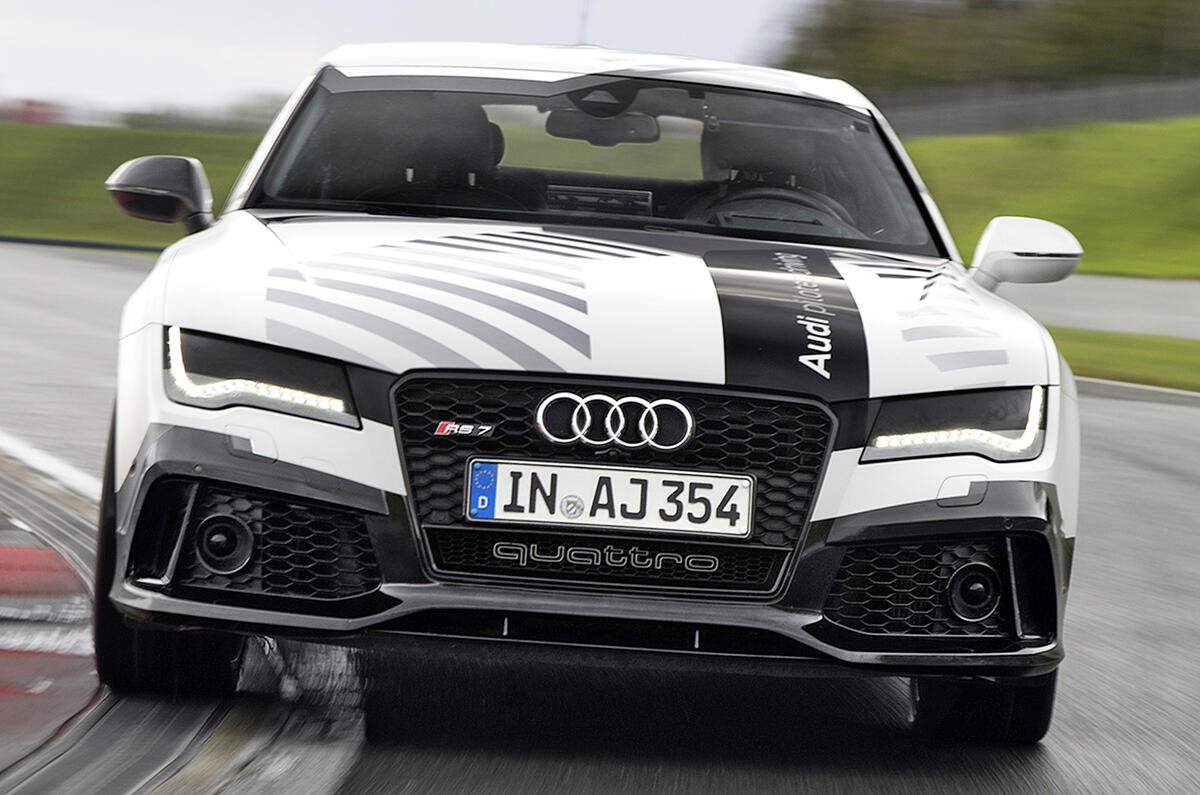


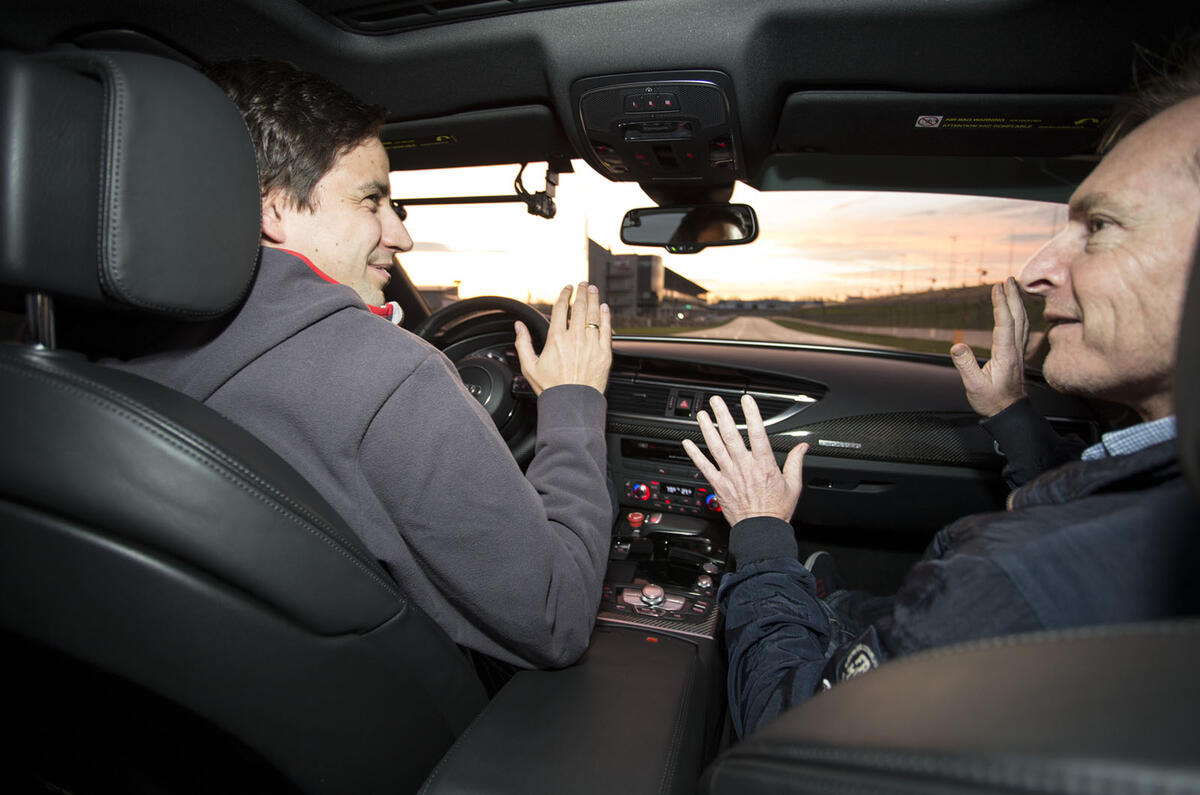
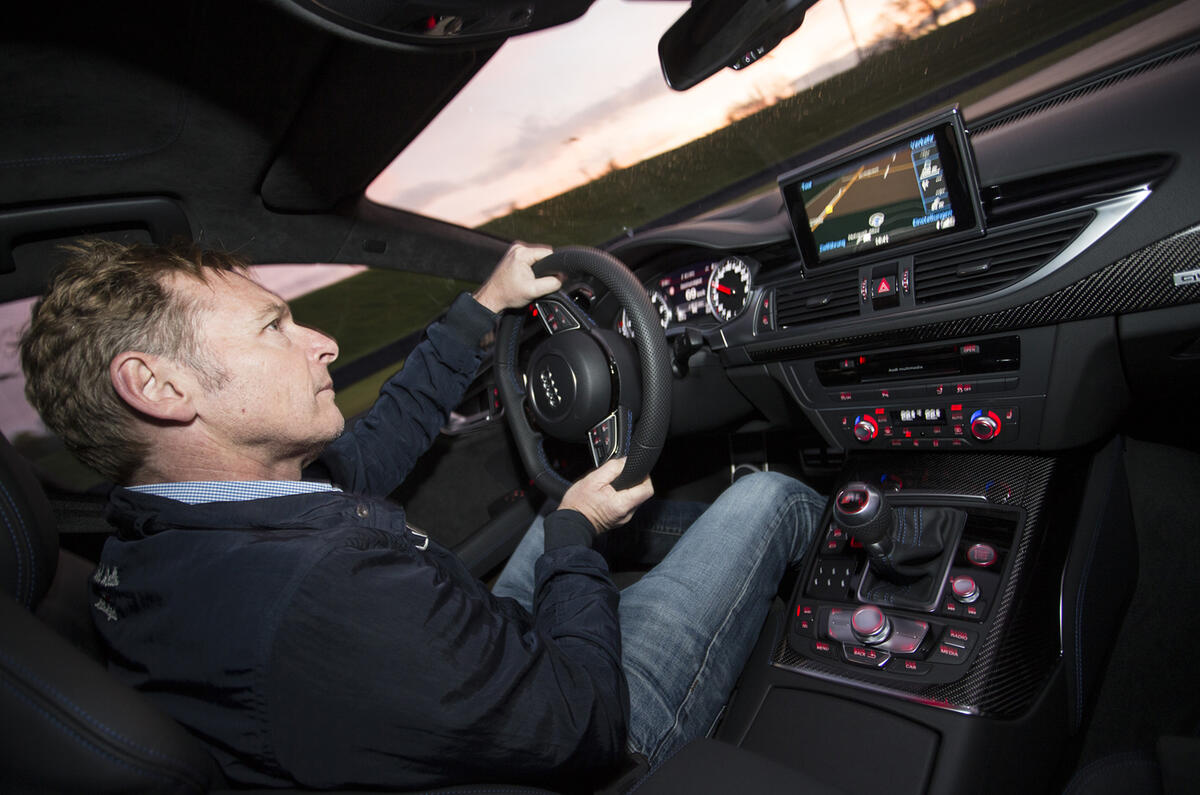

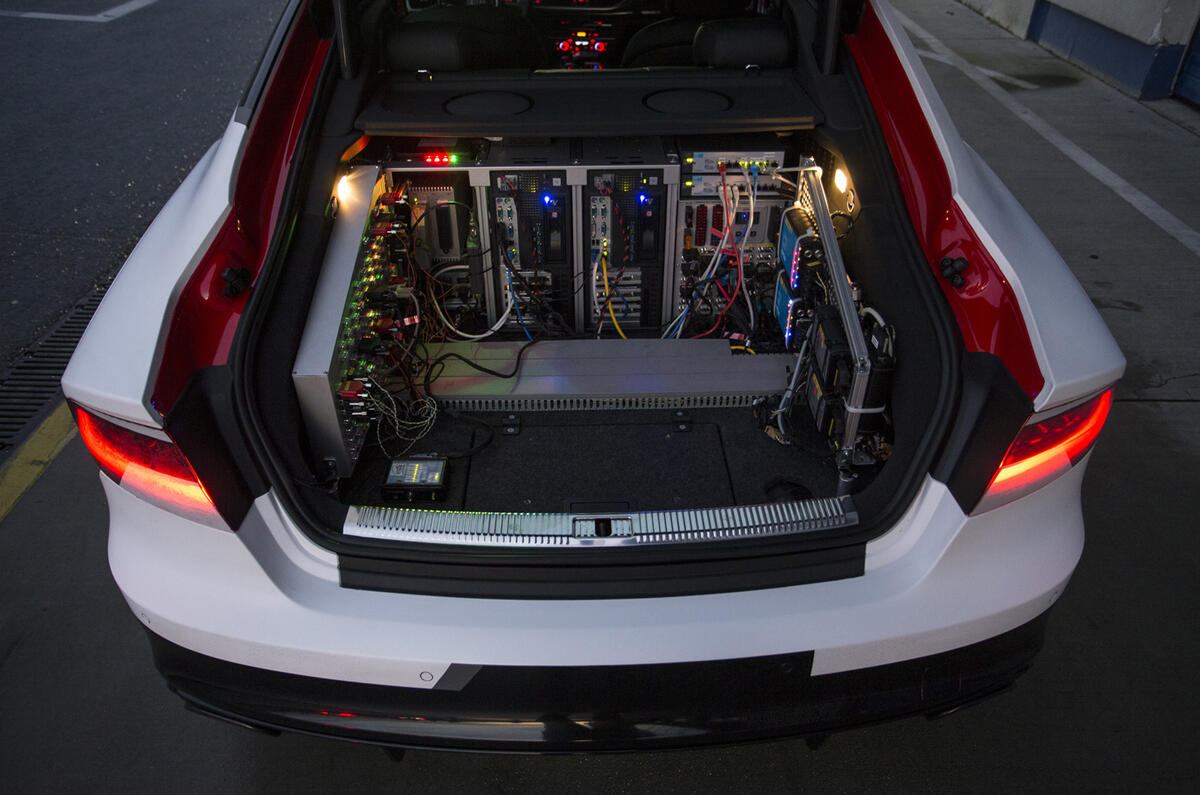
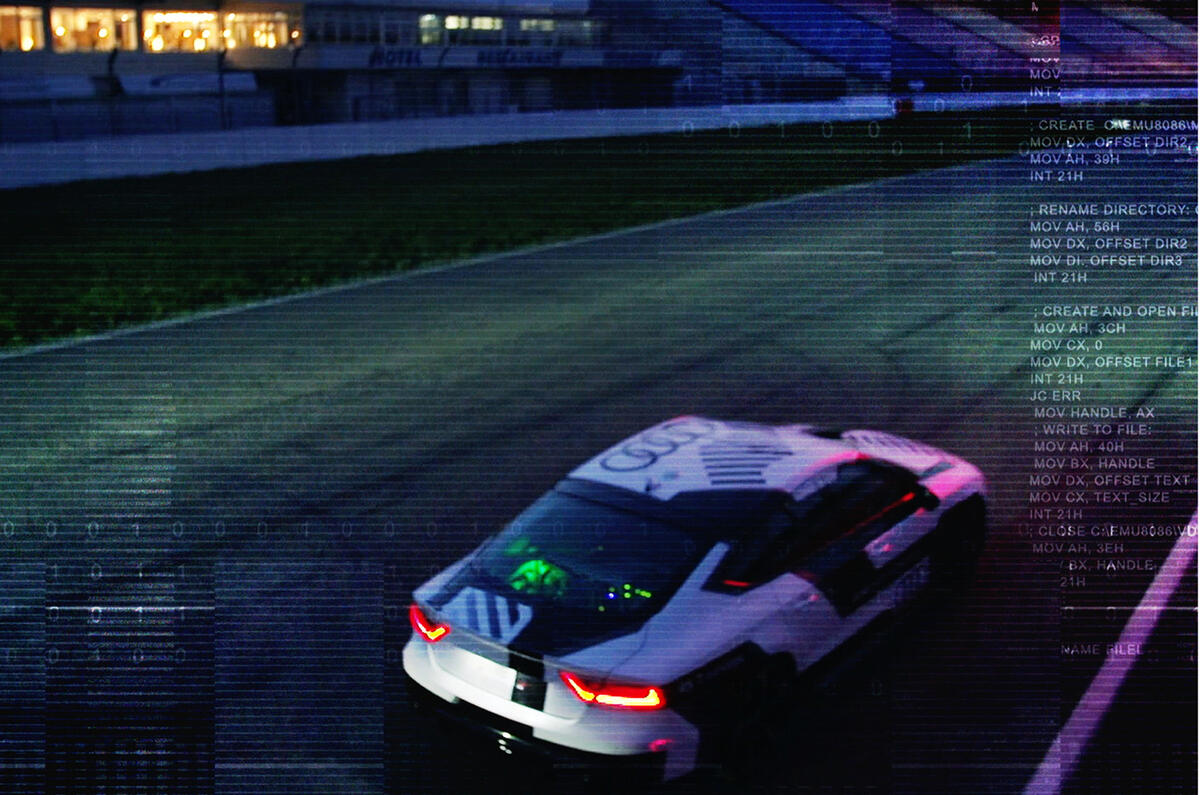

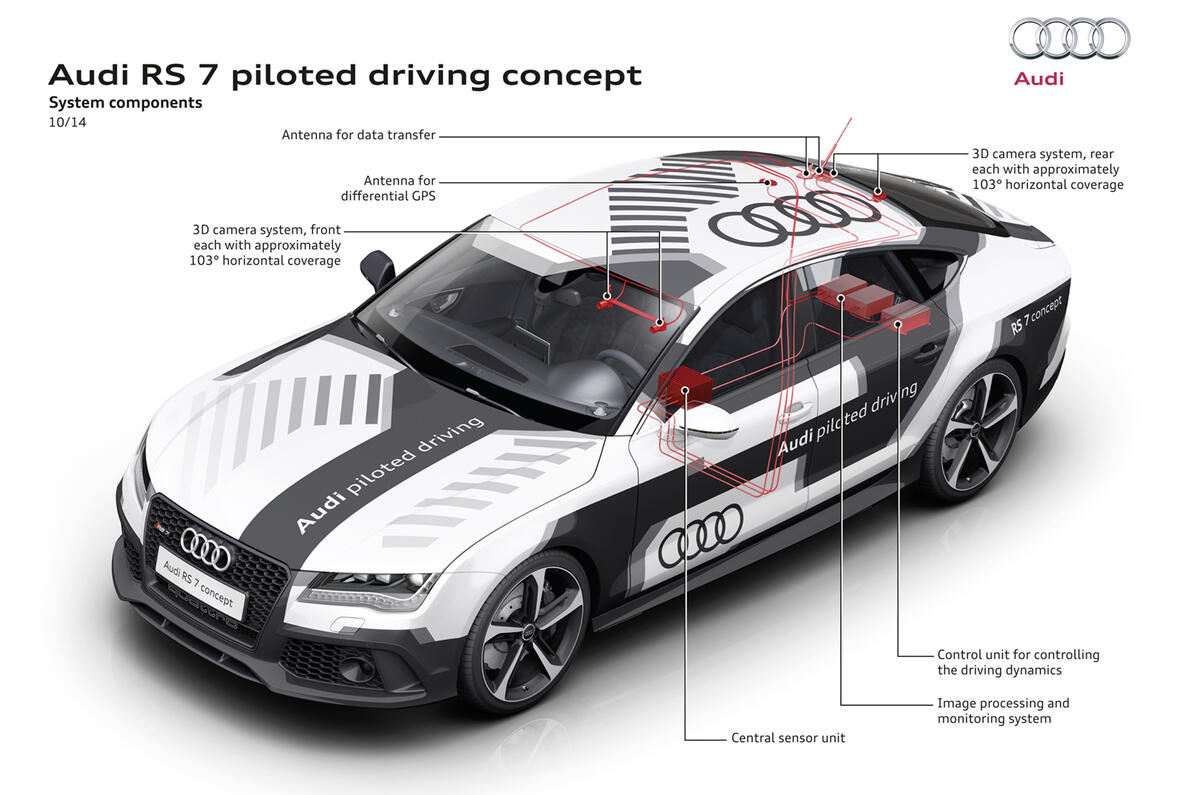
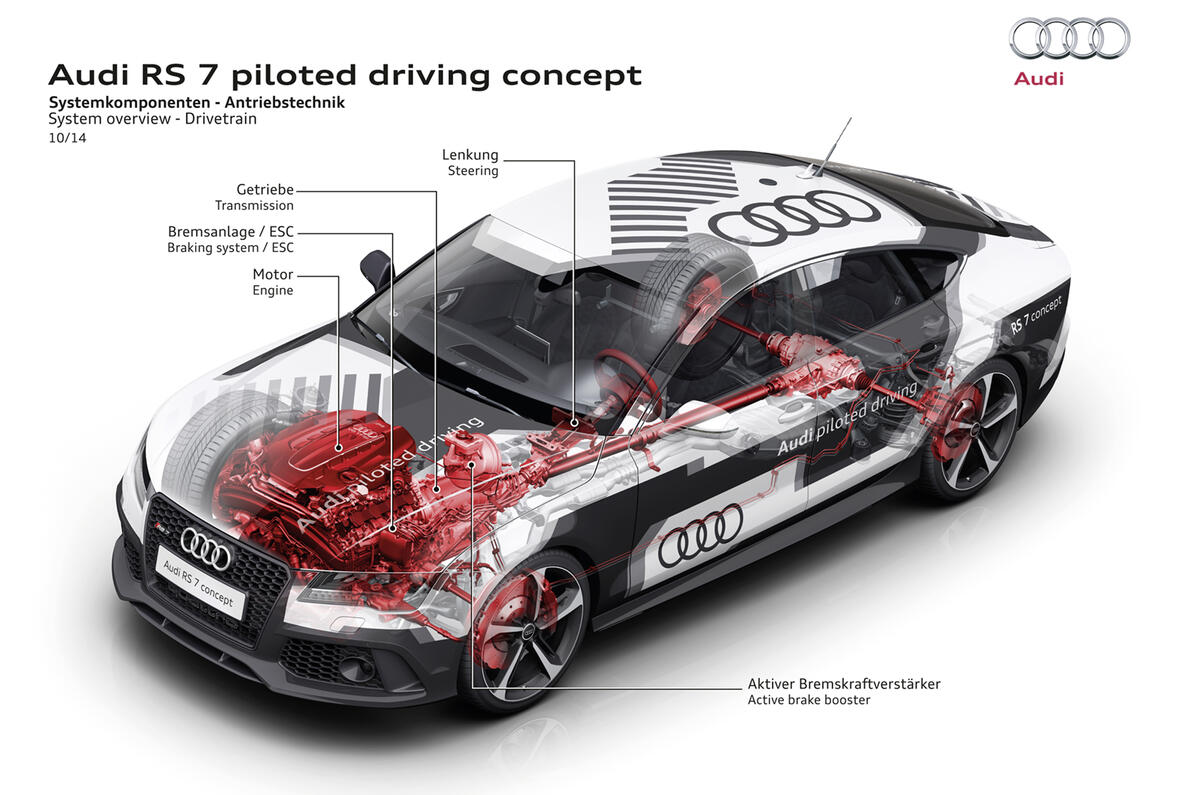
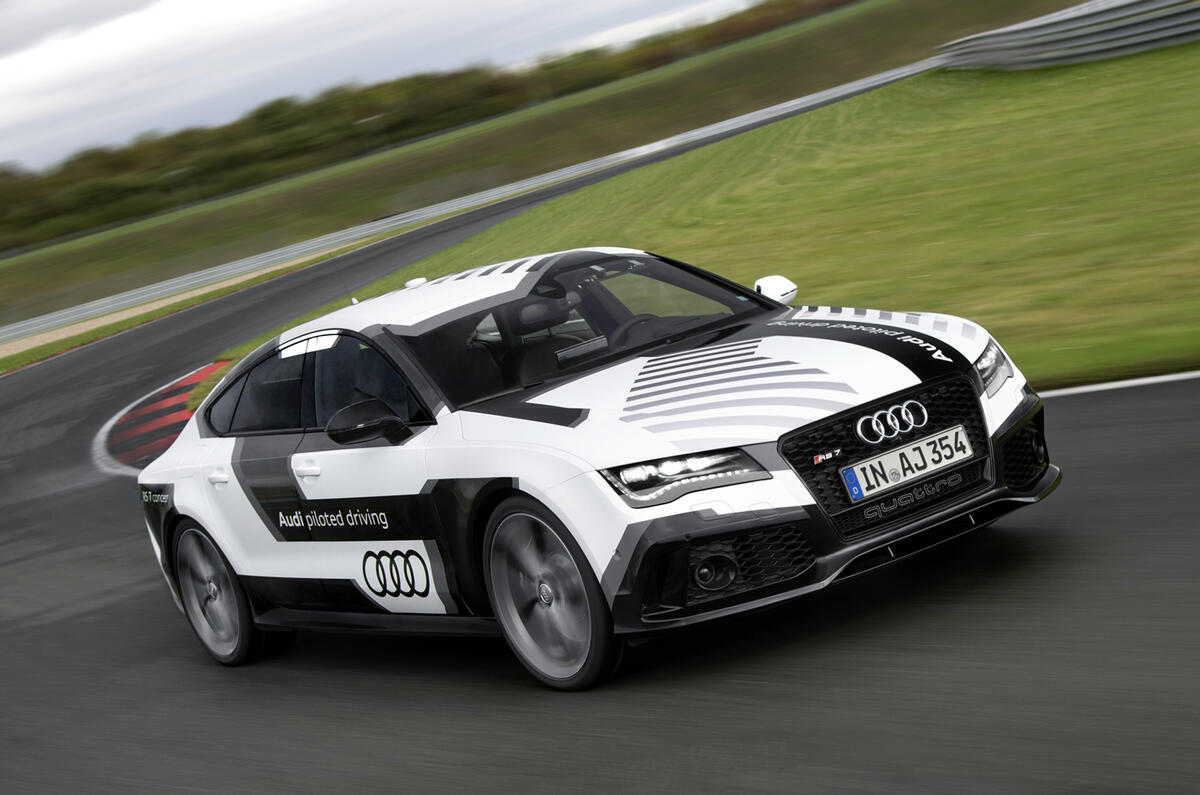
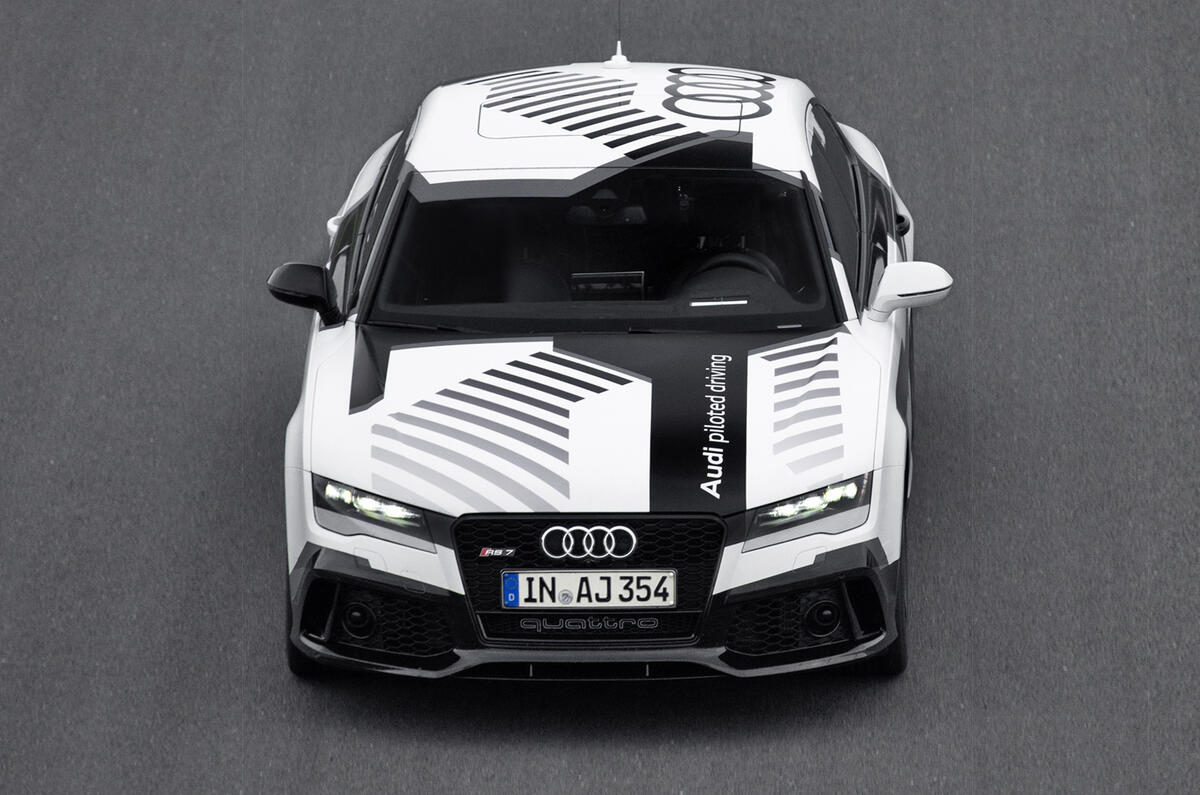
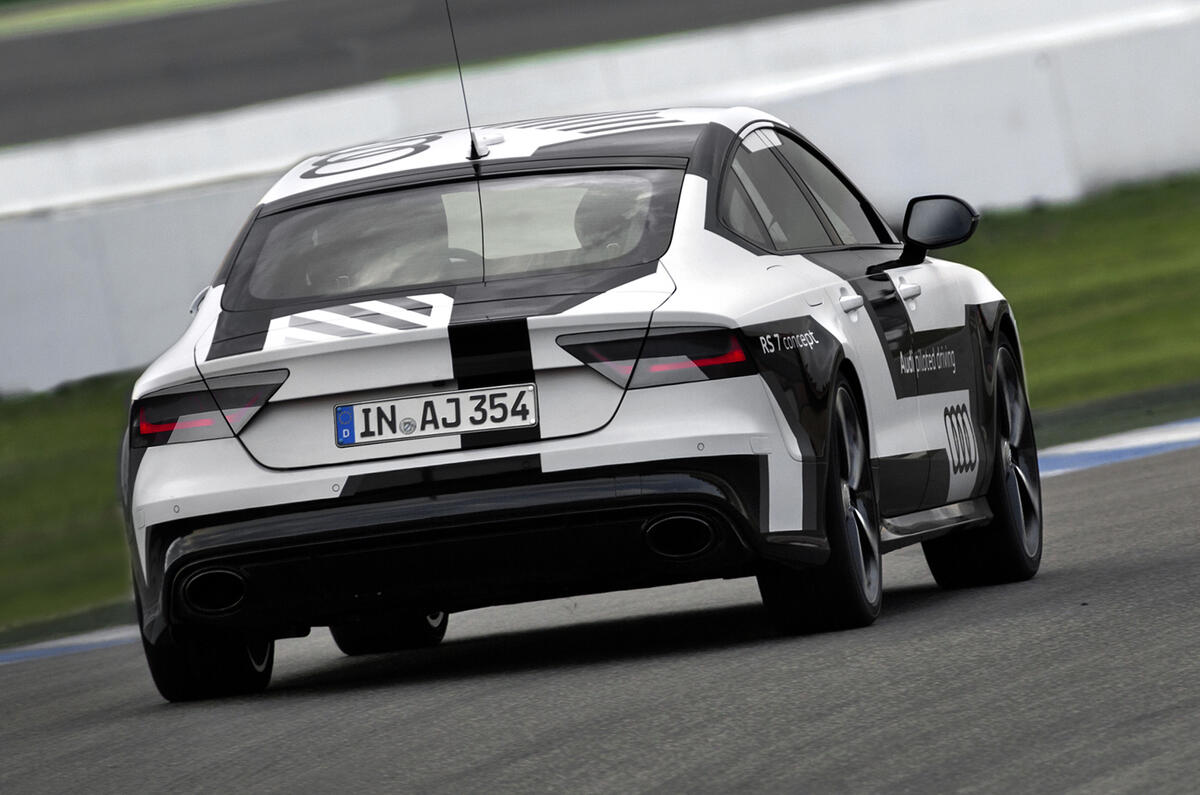
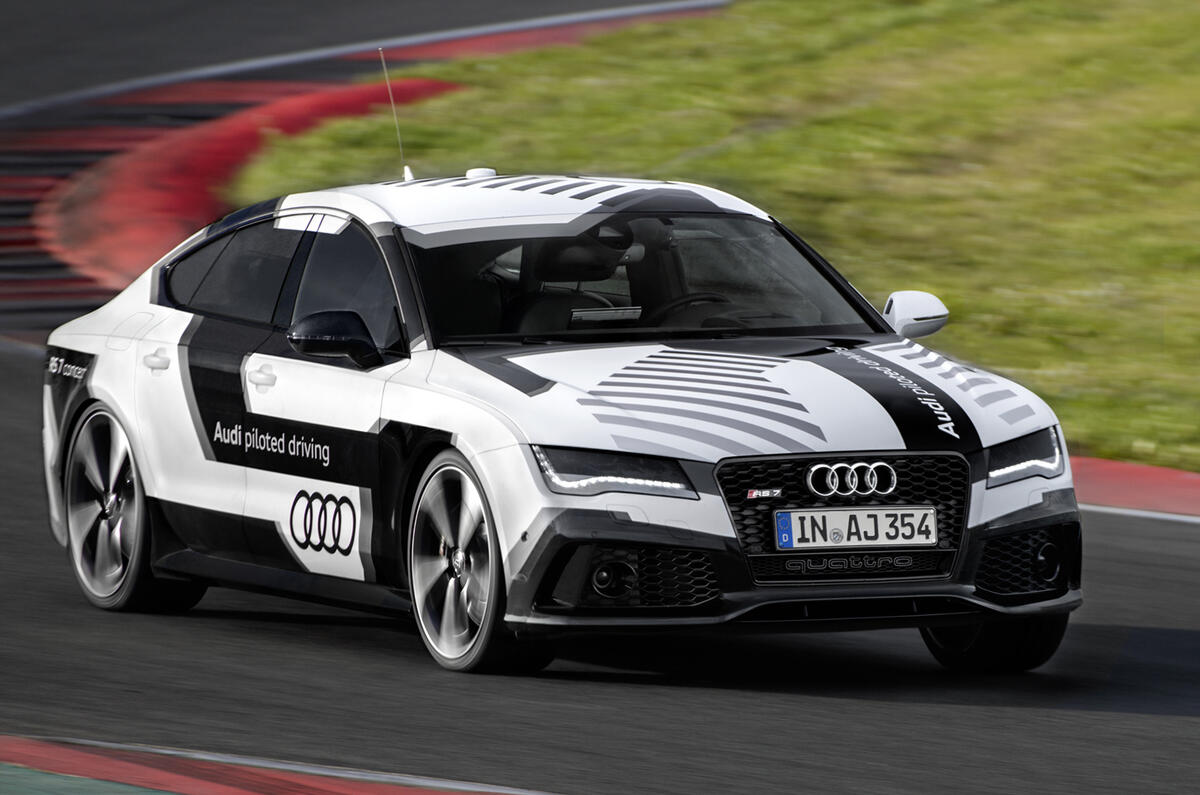
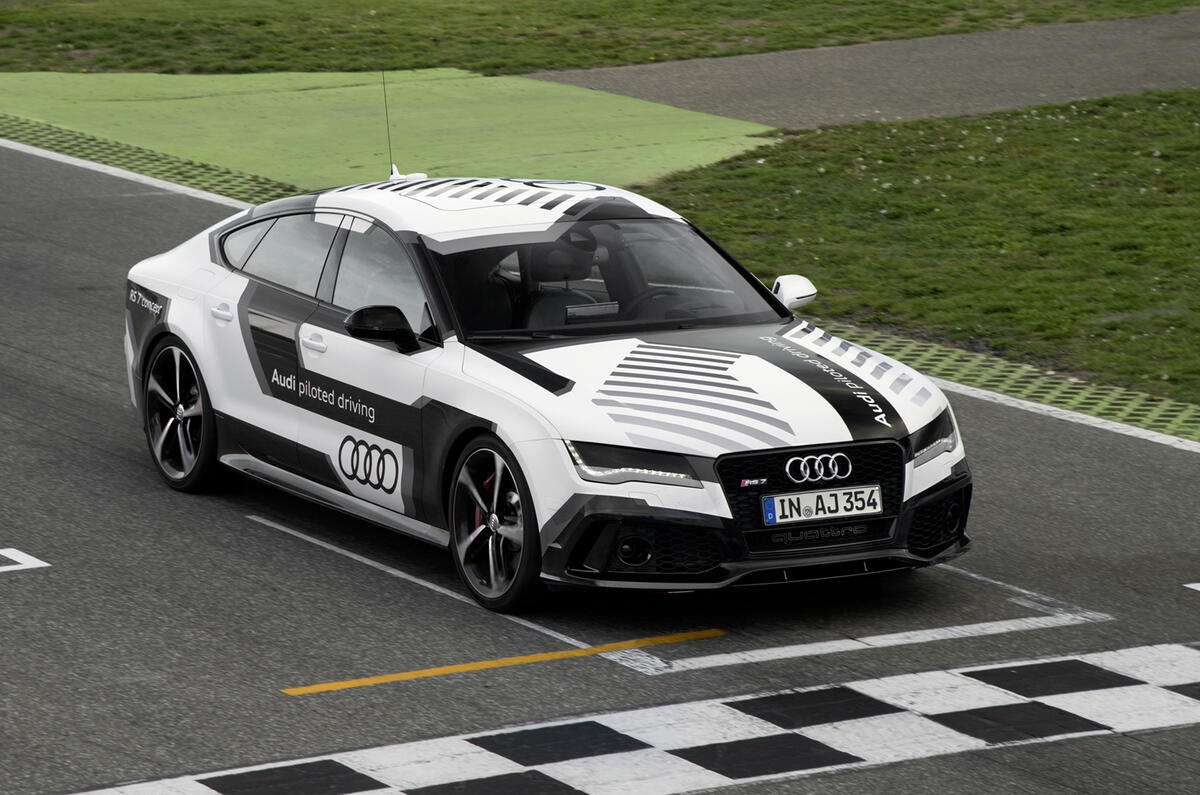
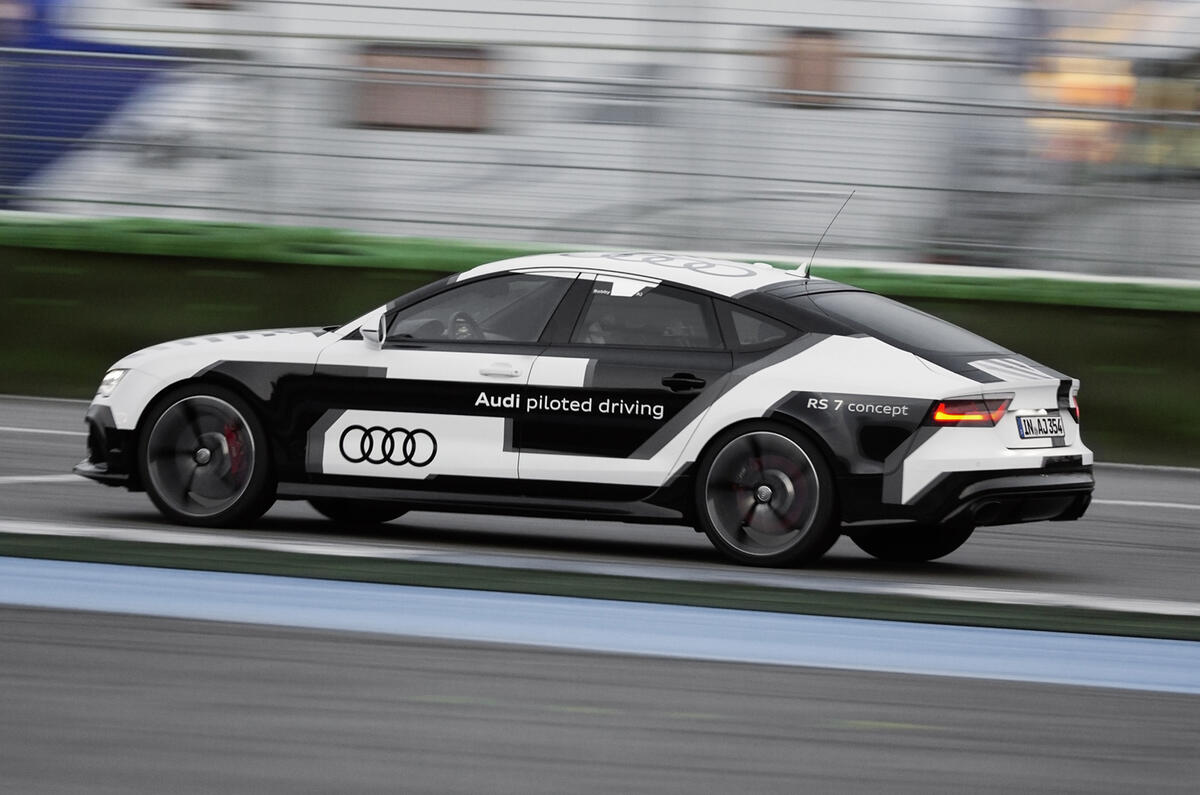
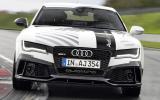

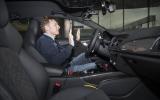
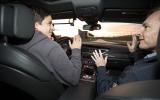
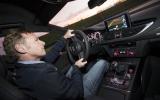
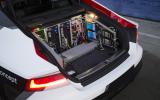
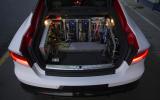

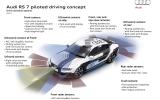
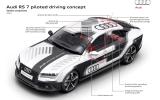
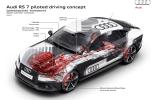
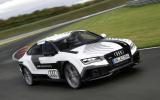
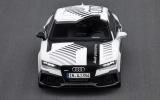
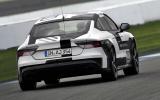

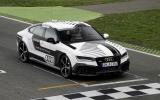
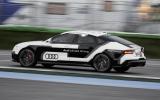


Add your comment
@sierra
Mind you F1 would of been driverless long ago if it wasn't for regulation.
We will soon be fighting these cars in decades to come. Once they become self aware and we will rely on John Connor to fight with his resistance against these evil machines. For now we still have a fight against dealers in repairing cars based on error codes.
Georg Kacher is hiding in the boot with the remote control...
Though a lot of Audis were driven without human intervention.